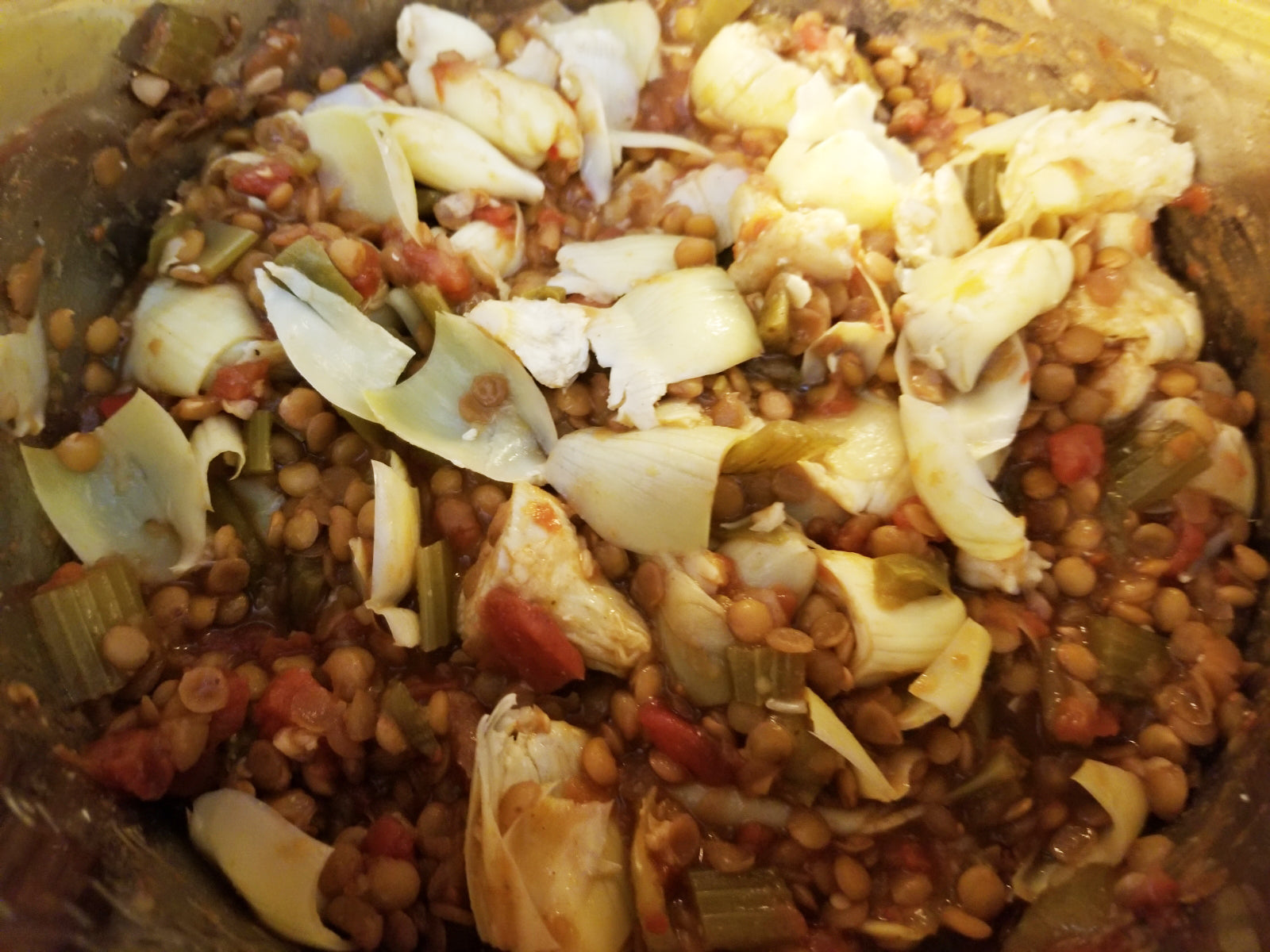When I was a young child we would swim in a very cold river. The water flowed down from the mountains and was fresh, clean, wonderful – and cold! Some years later our little small town would build a city-wide swimming pool which is where we spent many a pleasant summer afternoon. What I remember though is the wonderful crisp, clean, deeply pungent smell of the “pine” trees that we walked through to get to the river which was surrounded on both sides with evergreens. I didn’t know then and I don’t know now the specifics of each evergreen, but the rich fragrance was something not easily recreated or forgotten. I didn’t think so anyway because I would smell the various artificial and often expensive “Frasier Fir” or “Douglas Fir” air fresheners found in some of the gift stores. They did smell good, but did not smell like nature and did NOT smell like I remembered the evergreens of my youth. Down through the years I would recognize that same real fragrance while hiking or kayaking but never in an air freshener. Not until I discovered the fir essential oils – silver fir (Abies alba), Siberian fir (Abies sibirica) and balsam fir (Abies balsamea). I began to use these essential oils in air fresheners in our house, began to sell them on our website and shop and then in a soap. I knew I’d found what I had been looking for. I also began to do more research about the benefits of these oils as well as any cautions. It was also about this time that Robert Tisserand published his newest edition of "Essential Oil Safety” and we learned that essential oils high in 1,8-cineole were not recommended for use with young children – and he recommended instead the use of evergreen oils such as fir, spruce and pine. Nice!
I then, of course, began to try to discover the differences for each of these oils as I could definitely smell a difference. I will say right from the start that the Siberian fir was and is my favorite, but I particularly like the three blended together. I wondered why they had a distinctly different fragrance and assumed it had to be because of the chemical constituents in each one. So I am giving you my breakdown and considerations of the similarities and, apparently, the differences would mostly relate to how they were distilled. And then, you have to consider the area and climate where any particular oil originates. As you would expect, they have more similarities than differences and as a group, they are extremely beneficial for many reasons. These oils are now my go-to oils for a lot of different situations and I particularly love that they are safe to use with young children. Some of the essential oils are steam distilled from the needles and twigs together, while others may be just from the needles (or just the twigs), which will give a different fragrance and chemical makeup.
All essential oils should be used with caution, and special caution with internal use. This practice is not recommended or encouraged by most professional aromatherapists unless you have a good working knowledge of the different cautions for each oil. The cautions are not, as many large companies are telling their associates, related to how pure a particular oil is. These cautions are related to many things, not the least of which would be whether you understand if a particular oil might interfere with any medications you may taking, including over-the-counter and herbal supplements. That being said, the fir essential oils carry an added caution against oral use. They also need to be well diluted prior to topical use. These oils also need to be fresh, and kept in dark bottles and preferably refrigerated. These oils can oxidize easily and thereby increasing the chances of skin irritation and decreasing their therapeutic value.
According to Wickipedia, “Abies alba, the silver fir or European silver fir, is a fir native to the mountains of Europe, from the Pyrenees north to Normandy, east to the Alps and the Carpathians, Slovenia, Croatia, Bosnia and Herzegovina and south to southern Italy and northern Serbia.” The essential oil we carry is from Bosnia. And the Balsam fir – “Abies balsamea or balsam fir is a North American fir, native to most of eastern and central Canada (Newfoundland west to central British Columbia) and the northeastern United States (Minnesota east to Maine, and south in the Appalachian Mountains to West Virginia)." Since I grew up in West Virginia, I guess what I was smelling was Balsam fir! The Balsam fir essential oil we carry is from Canada. And finally, for the Siberian Fir – “Abies sibirica, the Siberian fir, is a coniferous evergreen tree native to the taiga east of the Volga River and south of 67°40' North latitude in Siberia through Turkestan, northeast Xinjiang, Mongolia and Heilongjiang.” Ours is from Russia; i.e. Siberia.
Not surprisingly, each of these oils share many of the same properties as listed below. Many of the aromatherapy texts lump them together as one.
• Anti-arthritic
• Anti-bacterial, moderately so, but also antifungal and effective particularly against Candida albicans
• Anti-parasitic (thread worm)
• Antiseptic – particularly useful for bronchial issues, rhinitis and sinusitis
• Antiseptic – for urinary issues such as cystitis
• Anti-spasmodic – making it useful for muscle tension and possibly for asthmatic issues
• Analgesic, especially for arthritic conditions
• Anti-inflammatory
• Anti-tussive, making this a useful essential oil for coughs since it is also anti-spasmodic
• Neurotonic and stimulant, useful for depression and stress. Probably not a good idea to use in the evening
• Cicatrizant – helpful for healing of wounds, burns and/or cuts
• Said to be a very balancing oil with uplifting properties and helpful during the winter months for those who become depressed with the dark days of winter
• Fir, pine and spruce oils are all considered to be useful as tonics for the adrenal glands and helpful to apply diluted in a massage oil to the lower back
• Due to its antiseptic properties, the fir essential oils have been used for skin infections and acne prone skin, although it can be drying
• Often used in cleaning products and air fresheners
• Believed to be able to increase circulation
According to the excellent book by Mindy Green and Kathi Keville, “Aromatherapy, a complete guide to the healing art”, I found this paragraph that I particularly found helpful: “Emotional attributes: The scent is used to increase a feeling of family harmony and goodwill. It combines the sensation of being grounded and elevated at the same time, and it increases intuition and releases energy and emotional blocks.” Perhaps this is why the Christmas tree is a wonderful thing to have at your family gathering this year. You could even add the benefits of an air freshener that contains the real essential oils and not the synthetic artificial scent. Here is my favorite air freshener recipe and some other uses for these very versatile and relatively inexpensive essential oils.
Christmas Fir Air Freshener:
In a 4 oz aluminum spray bottle add the following:
1 teaspoon vodka or denatured rubbing alcohol
30 drops Siberian Fir essential oil
30 drops Balsam Fir essential oil
30 drops Silver Fir essential oil
10 drops Scotch Pine essential oil
Fill to almost the top (leaving room so that you will be able to shake the bottle) with distilled water. Water and essential oils do not mix, but the alcohol helps the process. You still may find it necessary to shake the bottle prior to each use.
Re-energizing Foot Soak:
Small tub of luke warm water
2 drops of each of the fir essential oils (total of 6 drops)
2 drops of rosemary essential oil
2 drops of clary sage essential oil
1/8 cup of our unscented bath salts (or make your own blend with Epsom salts, Dead Sea Salts, Pink Himalayan Salts)
1 tbsp of honey (as an emulsifier and for its skin healthy benefits)
Mix the oils into the bath salts and place into the water, stirring until the salts are dissolved. Allow yourself to sit quietly and soak for at least 20 minutes in order to gain the benefit from the mixture. Towel dry.
Let me know if you try any of the fir essential oils or my recipes. I'd also love to hear if you find emotional benefits from these oils.
Thanks for listening!

Ann's mission statement is to provide health and wellness information to you and your family that you may not find in your every-day newspapers or Prevention magazines. Her college studies, certifications and passionate self-study have provided her with a huge spectrum of understanding of the intricate issues and debates concerning health, nutrition and skin care. Ann was a Critical Care Registered Nurse, is a Certified Clinical Aromatherapy Professional, and has been studying nutrition, aromatherapy, skin care health and medicinal herbalism for at least 15 years. Not so surprisingly, all of these interact for health and wellness at a level we all want to achieve. She is an ardent pursuer of verified research and information and spends huge amounts of time searching for information that is relevant and evidence based. We sincerely hope you benefit from her efforts.
See our disclaimer statements here.























